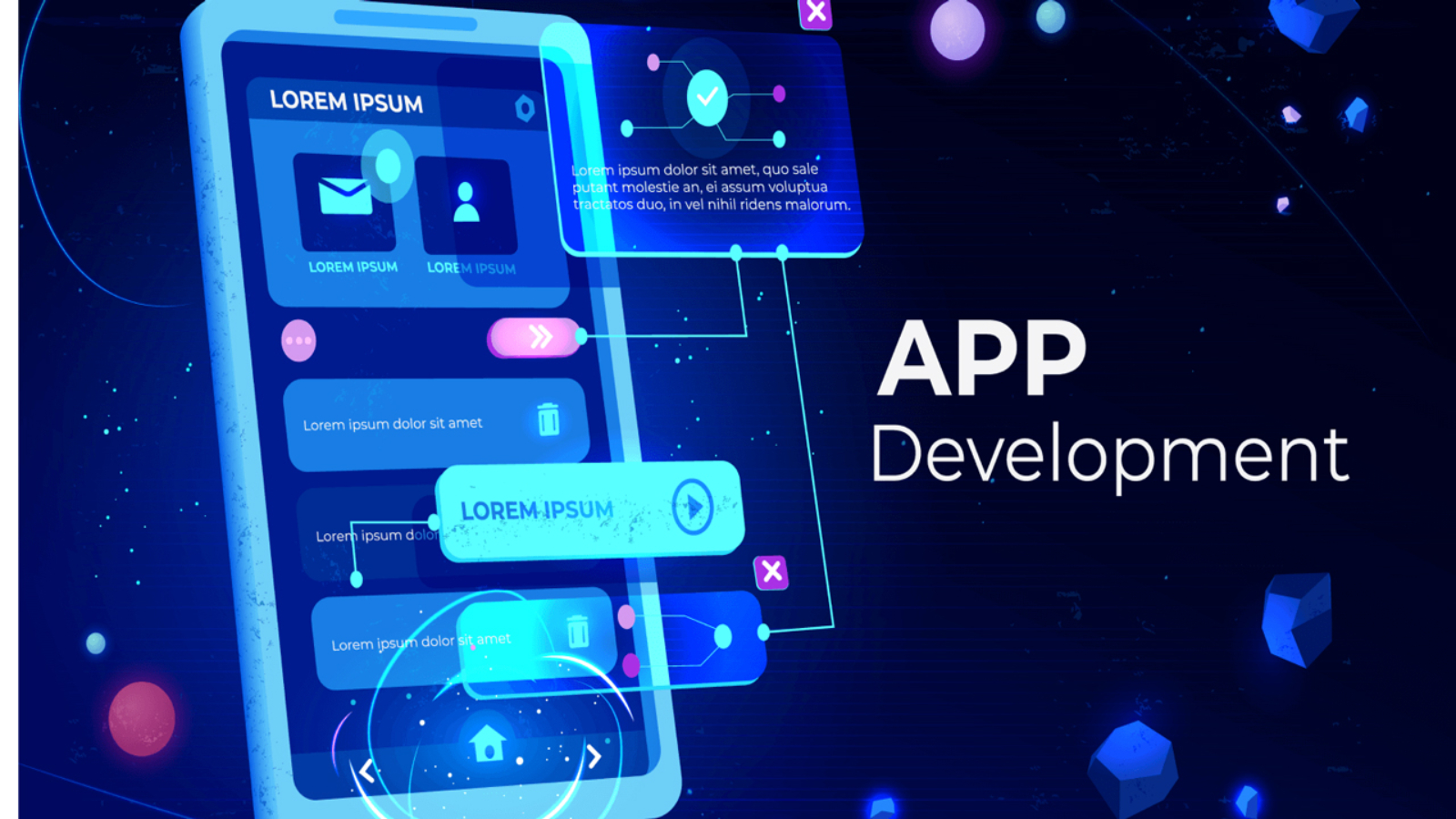App development is a dynamic process that involves strategic platform selection, meticulous UI/UX design, robust backend development, seamless API integration, rigorous testing, and vigilant security measures. Whether crafting mobile apps for iOS and Android or web apps for diverse browsers, success hinges on continuous improvement, user feedback incorporation, and staying attuned to evolving technologies and industry trends
Choose the target platform(s) for your app development (iOS, Android, or cross-platform). Consider the audience and objectives when making this decision. Select a development framework. For example, use Swift or Objective-C for iOS development and Java or Kotlin for Android. Cross-platform frameworks like React Native or Flutter enable you to develop for multiple platforms using a single codebase. Design an intuitive and visually appealing user interface. Pay attention to user experience to ensure the app is easy to navigate and use. Develop the backend infrastructure to handle data storage, user authentication, and other server-side functionalities. Consider using cloud services like AWS or Firebase. Integrate APIs (Application Programming Interfaces) to connect your app with external services, databases, or third-party functionalities. Implement robust security measures to protect user data and the app’s functionality. Use secure authentication methods and encrypt sensitive information. Publish the app to the respective app stores (Google Play Store for Android, Apple App Store for iOS). Follow platform-specific guidelines and requirements. Regularly update the app to add new features, fix bugs, and enhance security. Respond promptly to user feedback and keep the app aligned with evolving technologies. Design and develop the user interface using HTML, CSS, and JavaScript. Consider using frontend frameworks like React, Angular, or Vue.js. Build the backend using server-side programming languages (Node.js, Python, Ruby, etc.) and frameworks (Express, Django, Ruby on Rails, etc.). Choose and integrate a database system (MySQL, PostgreSQL, MongoDB, etc.) to manage and store data. Design and implement APIs to enable communication between the front end and back end. Consider adopting a microservices architecture for scalability. Conduct testing, including unit testing, integration testing, and end-to-end testing, to ensure the web app functions correctly across different browsers and devices. Implement security measures, including data encryption, secure authentication, and protection against common web vulnerabilities (cross-site scripting, SQL injection, etc.). Choose a hosting provider and deploy the web app. Cloud platforms like AWS, Azure, or Heroku are commonly used for web app hosting. Design the web app with scalability in mind to handle increased user loads. Consider load balancing and other scalability measures. Implement tools for monitoring the app’s performance and user behavior. Use analytics to gather insights for continuous improvement.
Whether developing a mobile or web app, it’s essential to stay updated on industry trends, technologies, and user preferences to create successful and competitive applications. Additionally, engage with user feedback to enhance the app’s functionality and user experience over time.
